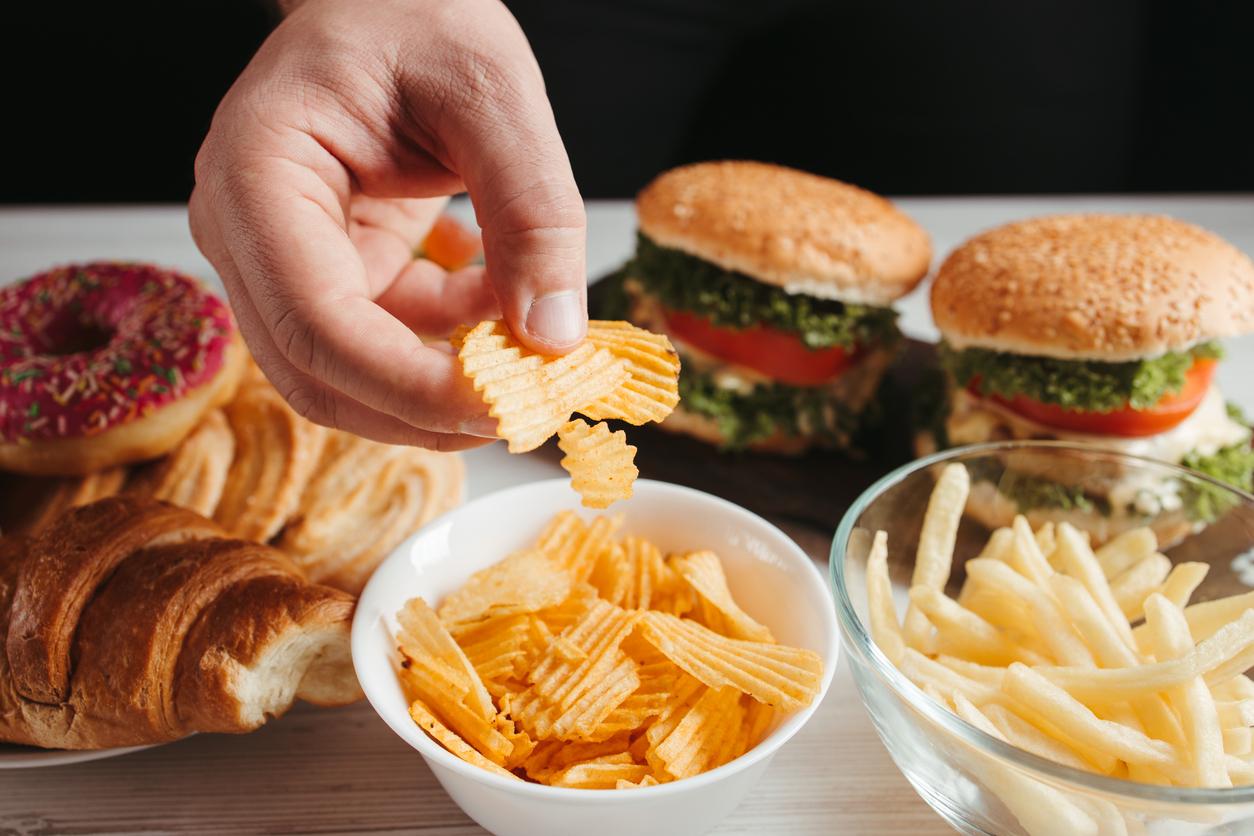Our skin naturally produces secretions which, reintroduced into our cells, could be used to treat the effects of aging or the consequences of tanning.

Maintaining beautiful skin despite the effects of age or the sun would be possible without resorting to treatments based on retinol or stem cells: we have within us our own skin repair reservoir, the exosomes.
Explanation: exosomes are tiny bags (30 to 150 nanometers in diameter) secreted and taken up by cells and which can, by this mechanism, transfer DNA, RNA or proteins from one cell to another. ‘other. “It’s like a cell that would send a letter to another for him, telling him what to do”, explains Ke Cheng, professor of medical sciences at the University of South Carolina in the United States and author of the work published in ACS Nano which describes the role of exosomes.
Produce more collagen
In the case of the skin, the exosomes are able to tell the recipient cell to produce more collagen, a protein that gives the skin its resistance and its flexibility.
To test whether they could be really effective in repairing skin damaged by aging or tanning, Ke Cheng and his team cultivated and harvested exosomes from skin cells. They used human fibroblast cells (poorly differentiated cells found in the dermis) by growing them in a suspension culture that allowed them to adhere to each other, forming 3D spheroids that secreted exosomes.
20% greater skin thickness
These have been tested on an animal model in comparison with other treatments: a retinoid-based cream and exosomes of mesenchymal stem cells (capable of differentiating into several cell types) derived from bone marrow, an anti- quite popular stem cell based age.
Comparison of skin thickness and collagen production after each treatment showed 20% greater skin thickness in animals treated with the 3D exosome and 30% greater collagen production. “I think this study shows the potential of using 3D exosomes in anti-aging skin treatments since they have two major advantages: skin cells from any donor can be used without risk of rejection to harvest exosomes and these are small enough to be able to penetrate the skin by pressure or by injection without a needle”, emphasizes Ke Cheng.
.

















